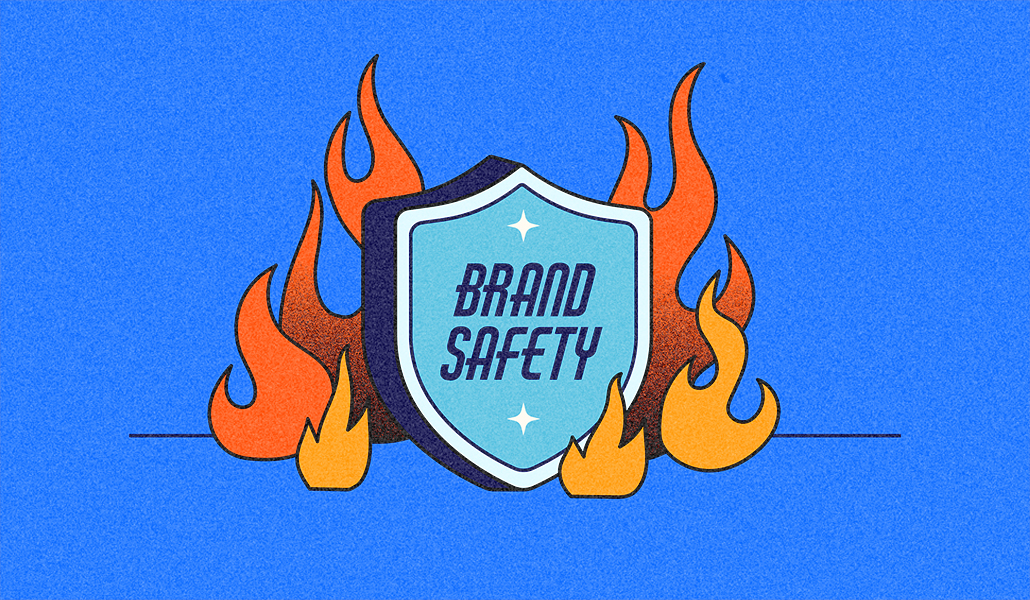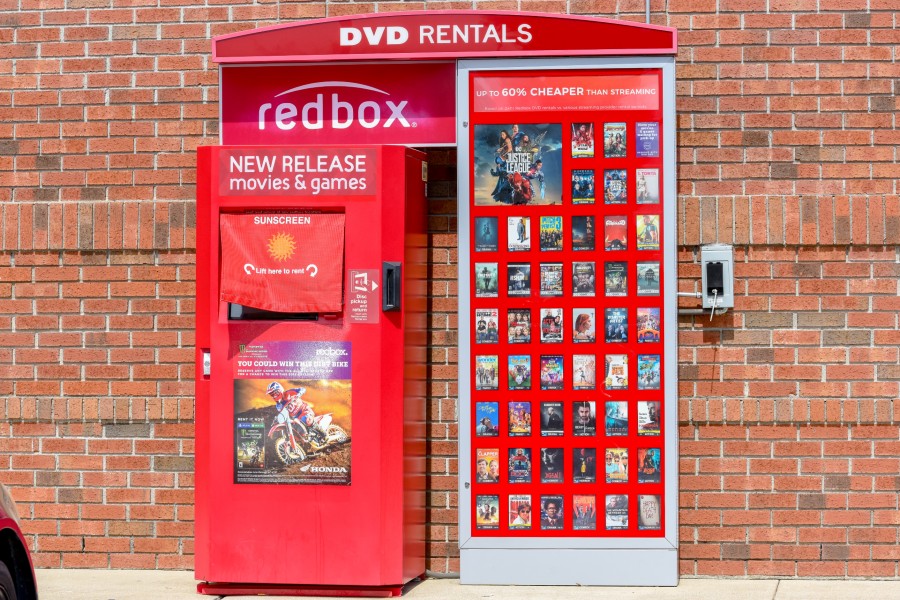- Digital Media Products, Strategy and Innovation by Kevin Anderson
- Posts
- Vice is another example of the failure of ad-reliant digital scale strategies
Vice is another example of the failure of ad-reliant digital scale strategies
Instead, small, focused, reader-revenue focused digital players are showing signs of success

Today, we have a story about scale from opposite ends of the spectrum, a fallen once digital media darling, Vice, a new entrant hoping to play the scale game and being met with scepticism and a plucky small start-up finding success through building relationships and a product that people are willing to pay for. At this moment in text-based journalism, we have too many data points questioning the ad-reliant scale model that dominated in the last century. And yes, I appreciate that Vice had video operations.
And the more data we get, the more I think the issue is related to over-reliance on ads as a revenue stream. It pushes the business to make content choices that put pressure on the product which eventually means you are attracting low-value traffic so you need to attract more eyeballs. That pushes the business to create more content as cheaply as possible, which creates a race to the bottom. Platforms used to deliver cheap traffic cheaply, but as BuzzFeed and Vice found, they didn’t deliver loyal, regular audiences. You were just an anonymous stopover for addicted doomscrollers. As WAN-IFRA says. “scale alone is not enough to ensure success.”
But WAN-IFRA makes this point by looking at the other end of the scale model, small, local and very much grounded in communities. That’s The Mill in Manchester. The Mill’s young founder, Joshi Herrmann, had written for large legacy publishers like the Evening Standard and an internet start-up in New York. He had a hypothesis, “instead of trying to cover everything, we’re going to try to cover a very small range of topics, and we’re going to try to cover them in-depth. Would people sign up?” He launched on Substack and paid for about £500 in Facebook ads. He thought it would take a few months to gain any traction, but within days, he had signups. As he said, there was an obvious appetite.
And I know that as the scale players in local journalism continue to pull back, local communities still want news and information.
Its primary creditors are now its owners, and we have another investor-owned scale-based media property. A digital media company that in the middle of the last decade boasted of a valuation that put it amongst the largest companies in the United States is like the major scale players in print, all owned by investment funds. This has been a slow-motion car crash, but in the end, the VC-funded, ad-reliant scale players digital media companies of the last decade are under immense pressure. And with BuzzFeed being publicly traded, the pressure on them will only be more intense.
And they deftly played the greater fool theory of investing, and this piece shows how many investors have been left holding the bag.
And we have our next entrant hoping to build the next digital media property at scale, and wow, the scepticism being expressed is epic. Much of it is focused on their content strategy of offering up impartiality and comes from corners of the media commentariat who think objectivity is outdated. I find questions about their business projections more compelling. They have hired someone whose audience building experience is solidly planted in platform era, and he will struggle to juice the numbers from zero to 100m in the first year without those traffic drivers.
Interestingly, we have another model that came through my links about Publishers Clearing House, which from my younger days used to hand out huge, literally, checks to winners of their sweepstakes in the years before state lotteries. They sit on a huge treasure chest of first-party data, which is the new gold. And this lack of first-party data, data that a publisher owns about their audience, is another thing that is separating those that thrive in publishing and those who are fighting for survival.
Speaking of the ad business, NewsGuard has a cautionary tale about brand safety and programmatic advertising. Non-profits are being on sites that run contrary to their mission and are providing misinformation that they probably don’t want to be associated with, according to NewsGuard.
AI in journalism: How to use it to grow sustainable journalism
A good look at the ethics of using AI in journalism. A site dedicated to people who used to work at Reuters with guidance from editor-in-chief Alessandra Galloni calling on staff to “be skeptical and verify”.
Sigh. Musk is turning into some bizarre evil Bond villain.
TikTok advises publishers to focus on platform-intentional content, content that performs well on the platform, rather than focusing on building a large number of followers.
With publishers now looking to get into FAST video services, this update on how one video player gives an indication of the state of the market.








